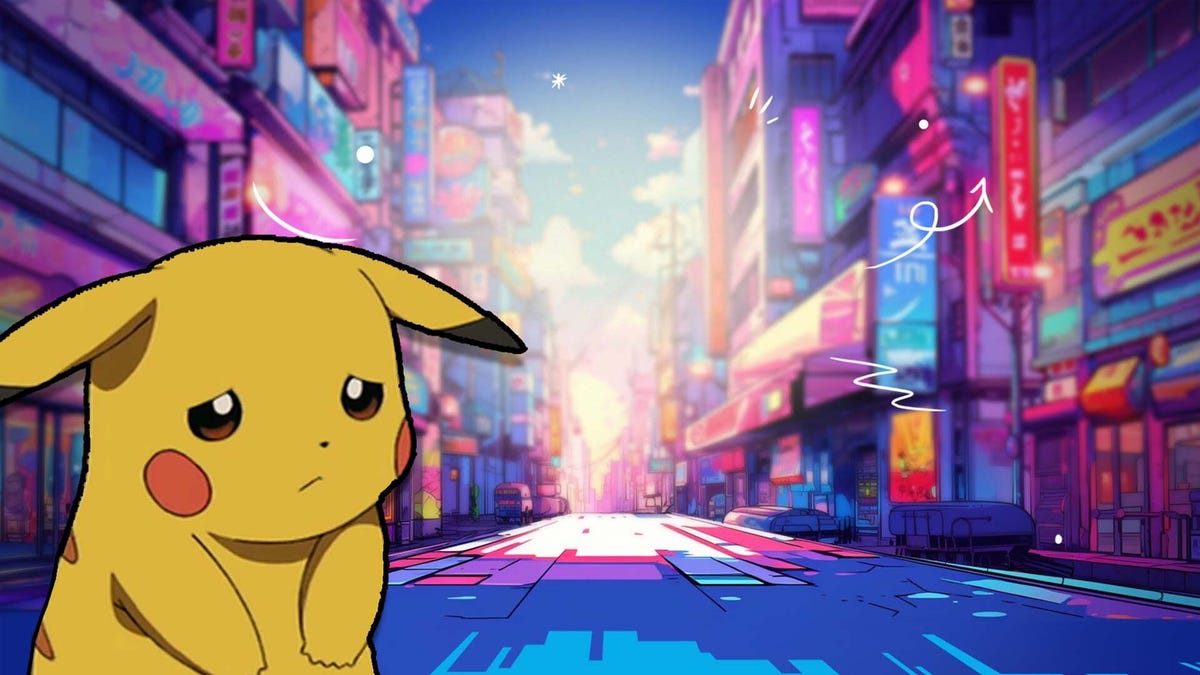AI is revolutionizing the art world by providing innovative tools that enhance design, aesthetics, and exploration.
Google DeepMind has commissioned 13 artists to create diverse and accessible art and imagery that aims to change the public’s perception of AI, countering the unrealistic and misleading stereotypes often used to represent the technology. The artwork visualizes key themes related to AI, such as artificial general intelligence, chip design, digital biology, large image models, language models, and the synergy between neuroscience and AI, and it is openly available for download.
German artist Mario Klingemann has created an AI art tool called Botto, which uses a combination of AI, human community, and DAO to generate artwork that is voted on and sold as NFTs, blurring the lines between human and AI creativity.
Amazon's promotional art for the upcoming Fallout series appears to be AI-generated, sparking controversy and backlash from artists.
AI technology, specifically generative AI, is being embraced by the creative side of film and TV production to augment the work of artists and improve the creative process, rather than replacing them. Examples include the use of procedural generation and style transfer in animation techniques and the acceleration of dialogue and collaboration between artists and directors. However, concerns remain about the potential for AI to replace artists and the need for informed decision-making to ensure that AI is used responsibly.
Artists Kelly McKernan, Karla Ortiz, and Sarah Andersen are suing AI tools makers, including Stability AI, Midjourney, and DeviantArt, for copyright infringement by using their artwork to generate new images without their consent, highlighting the threat to artists' livelihoods posed by artificial intelligence.
The creator of an AI-generated artwork is unable to copyright it, as the US Copyright Office states that human authorship is necessary for copyright, which could have implications for the popularity of AI art generators.
The rise of easily accessible artificial intelligence is leading to an influx of AI-generated goods, including self-help books, wall art, and coloring books, which can be difficult to distinguish from authentic, human-created products, leading to scam products and potential harm to real artists.
The US Copyright Office has ruled for the third time that AI-generated art cannot be copyrighted, raising questions about whether AI-generated art is categorically excluded from copyright protection or if human creators should be listed as the image's creator. The office's position, which is based on existing copyright doctrine, has been criticized for being unscalable and a potential quagmire, as it fails to consider the creative choices made by AI systems similar to those made by human photographers.
